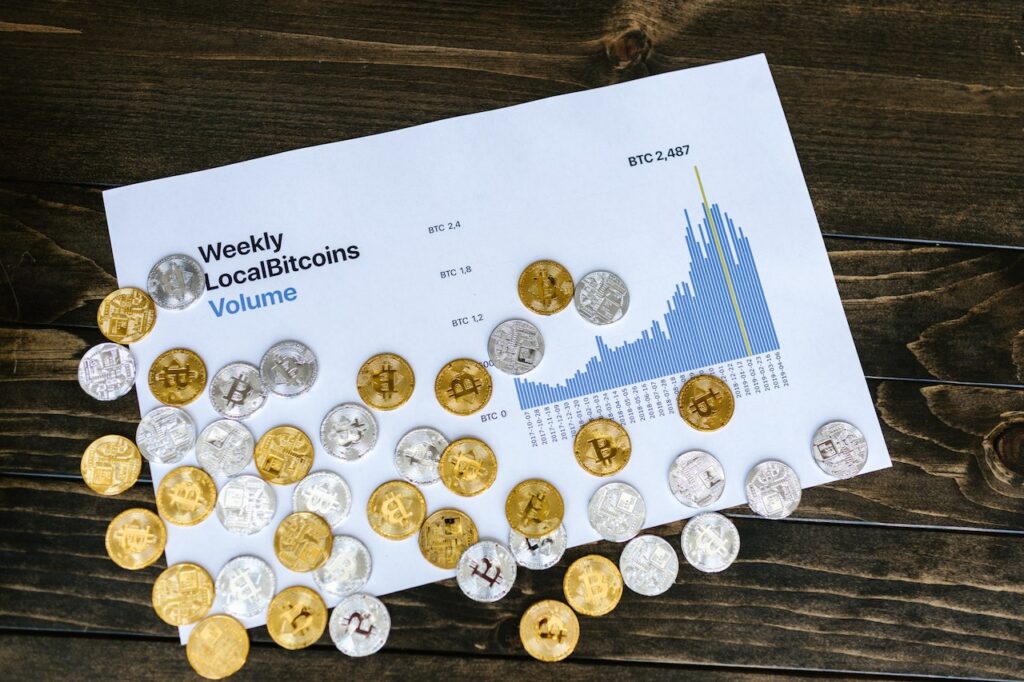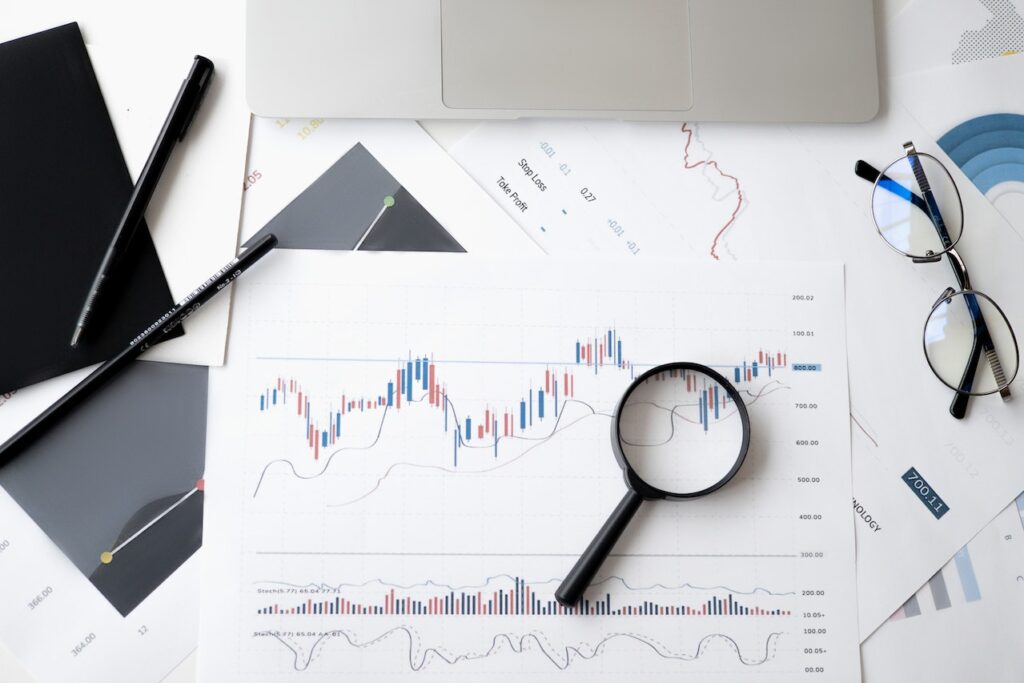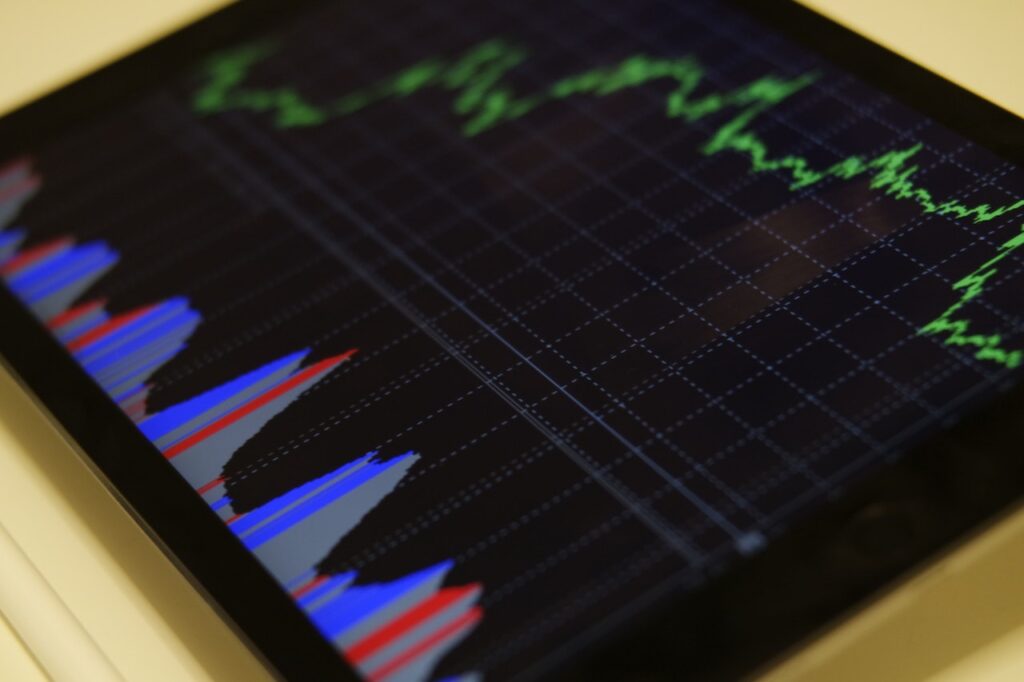Leveraged trading can make you rich, but it’s also a risky endeavor. Most traders end up breakeven or broke in the highly leveraged markets, and the lifespan of these traders is measured in weeks and months. Leveraged trading is often promoted with hype and promises of riches. Because brokers are in the business of attracting new traders, they must make their marketing appeals as enticing as possible.
Exposure to more expensive instruments
Leveraged trading is an effective way to increase returns, but it also carries substantial risk. Margin loans and futures contracts increase exposure to more expensive instruments, and they require additional funds to hedge losses. Further, portfolio rebalancing can be costly, especially if bid-ask spreads are large. Leveraged investors also face the risk of unwinding their positions if their cash reserves are inadequate or if their portfolio is illiquid. Fortunately, there are many tools that can help investors reduce their exposure to more expensive instruments.
The biggest risk associated with leveraged trading is the potential for large losses. Leveraged trading magnifies gains and losses, so losing 50% of a stock’s value is equivalent to a loss of five times the amount invested in the stock. It is therefore important to use caution when using leverage.
Increased returns
Leveraged trading is a way of increasing your returns by using borrowed funds to buy securities. It can be very risky, especially for inexperienced investors. This practice involves taking a loan from a bank or broker in order to invest in securities. However, it also allows you to invest larger amounts with less personal money.
Leveraged trading is a popular method of investing, and it can be very profitable for some investors. However, it can have a negative impact on your psychology and cash flow. As with any investment strategy, you need to be aware of the risks associated with this strategy.
Increased risk
Leveraged trading offers investors and traders the ability to track potential returns very quickly. However, there are risks involved. Leveraged trading is especially tempting for people with little or no money. This is because they believe that they will become richer much faster than through other methods. But a high degree of leverage increases the risk of crash.
Before you engage in leveraged trading, you should be aware of the risks involved. Although it can increase your profits, the risk of loss is much higher than in normal trading. You must understand that your profits will be measured against the leveraged amount and not against your deposit.
Margin calls
A margin call occurs when your account’s equity falls below the minimum required level to hold the position. This can occur for many reasons, such as a sudden increase in the price of a stock or a sudden loss on a short position. To avoid a margin call, it is important to closely monitor your account balance and to keep it above the required maintenance margin.
There are two basic solutions to margin calls: first, you can use protective stop orders to limit the amount of money you lose when your equity position drops below your margin requirement. Alternatively, you can use a margin account to borrow up to 50% of the transaction amount. This will still give you margin benefits, but will create a larger equity buffer.
Limitations on leveraged trading
Leveraged trading is a popular option for investors and traders who want to quickly see what their money can do. Because of the leverage involved, a trader can double their profits or losses. This means that if they lose half of a stock, they would lose twice as much as if they had only a fraction of the original capital.
Leveraged trading is an extremely risky form of trading, and it requires a great deal of knowledge and experience to succeed. The higher the leverage, the more risk a trader is taking on. Leveraged trading can be a profitable option if you have the knowledge and experience to do so. However, it can have devastating consequences for your psychology and cash flow.







Facebook Comments